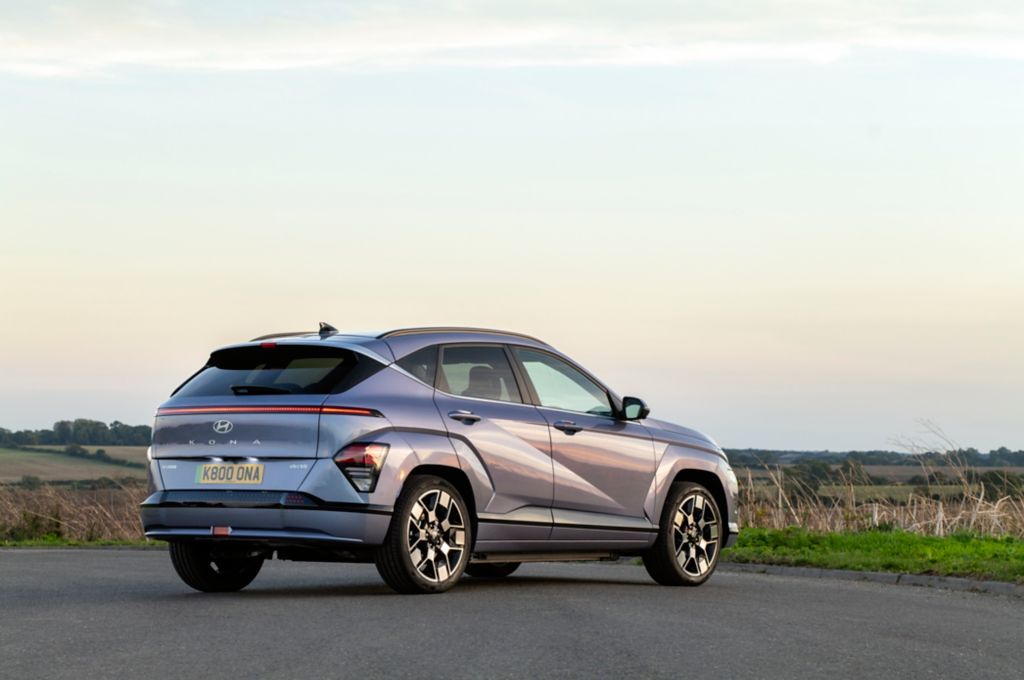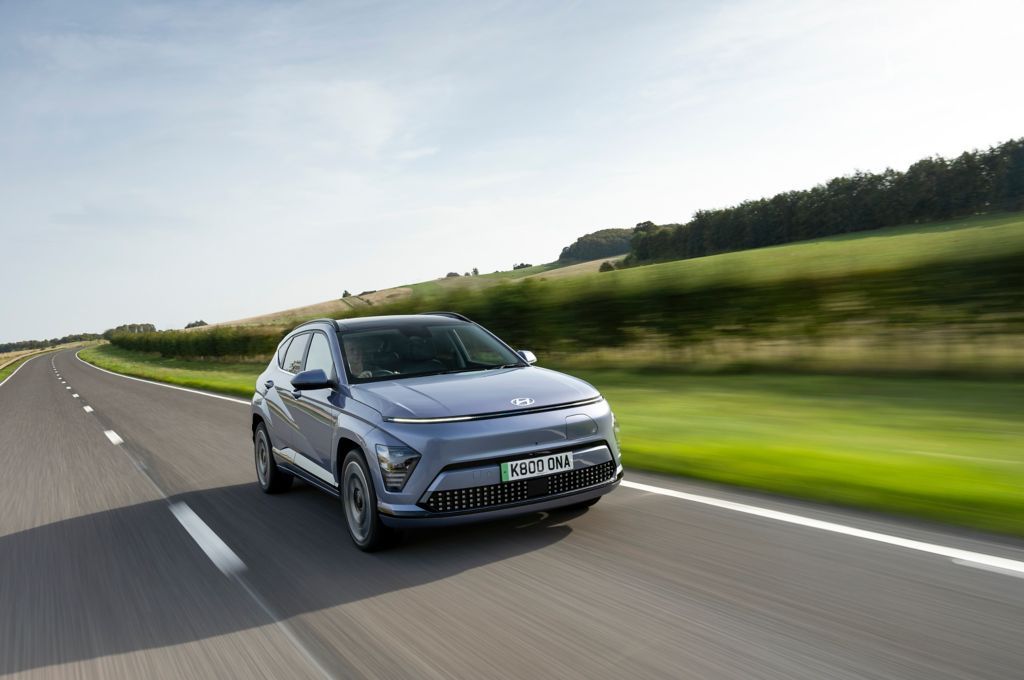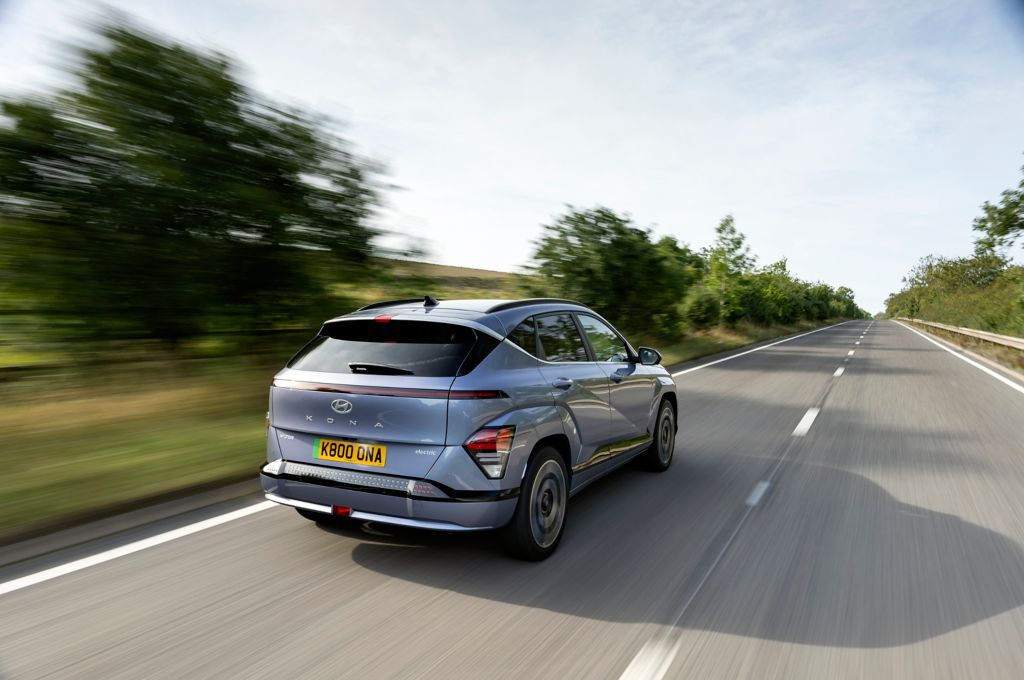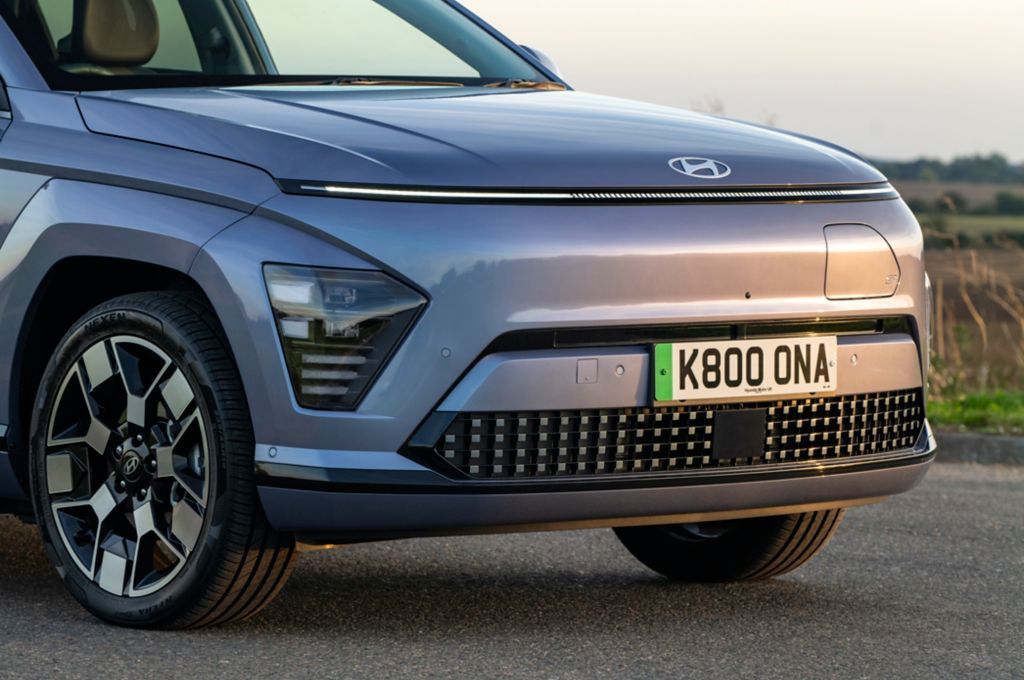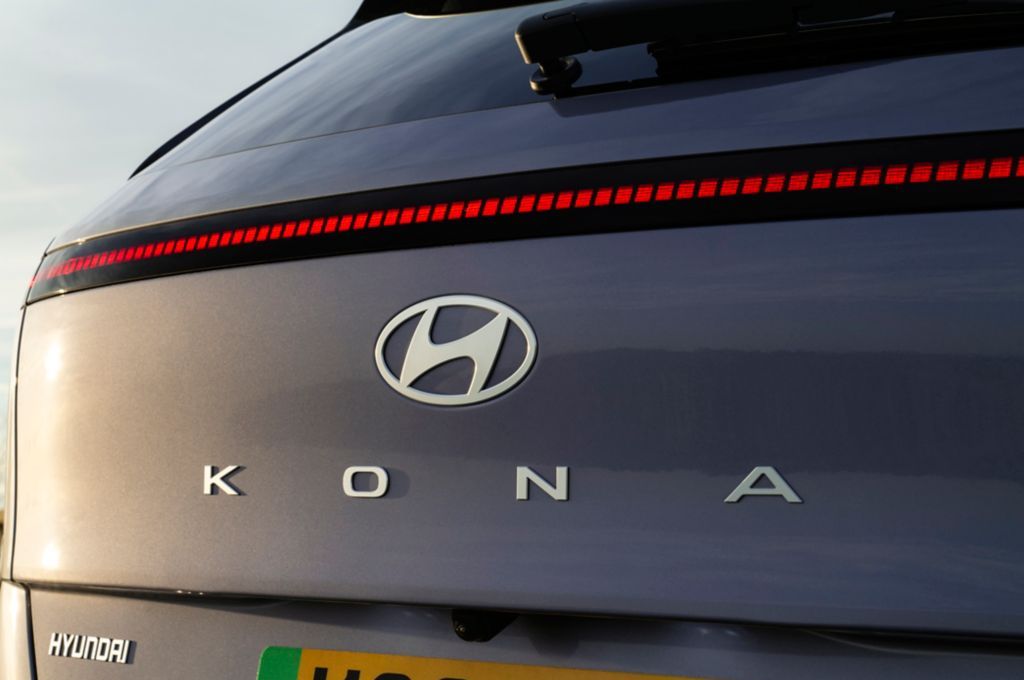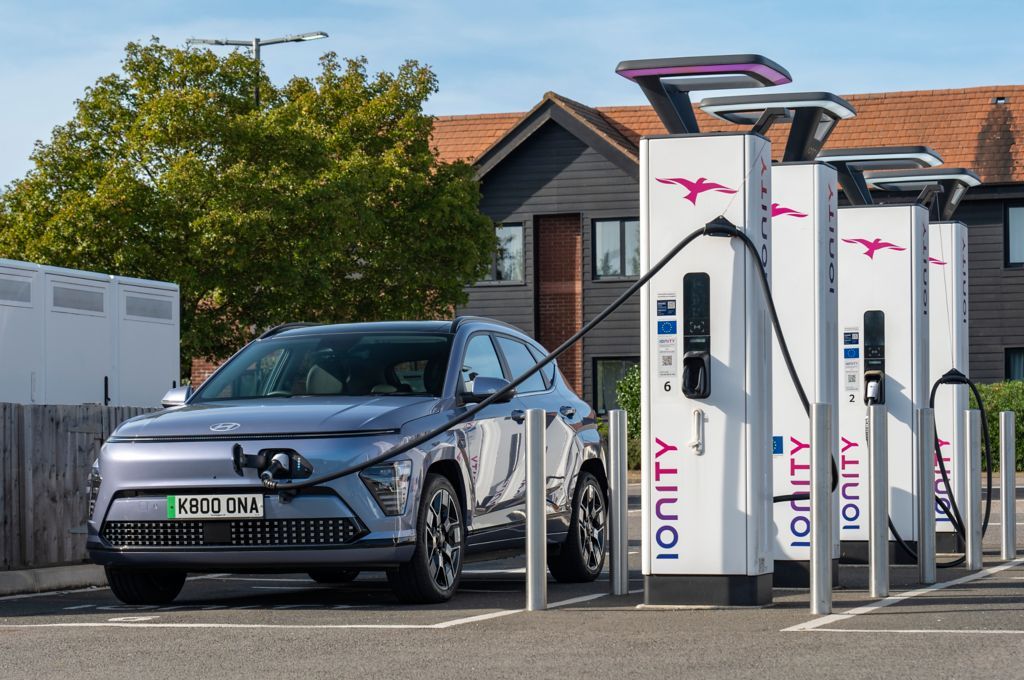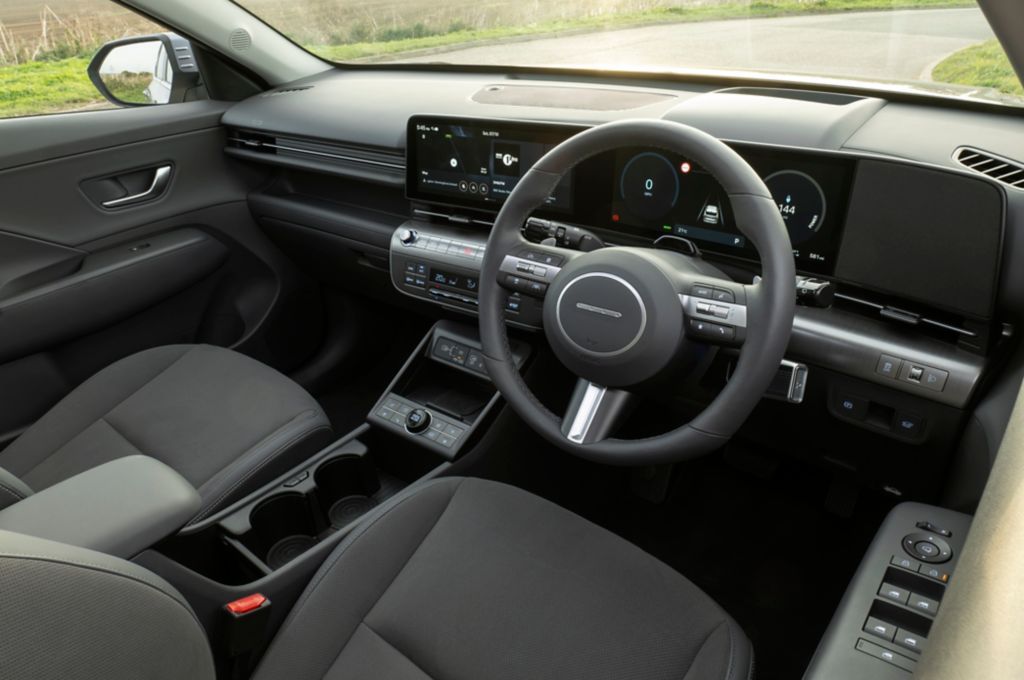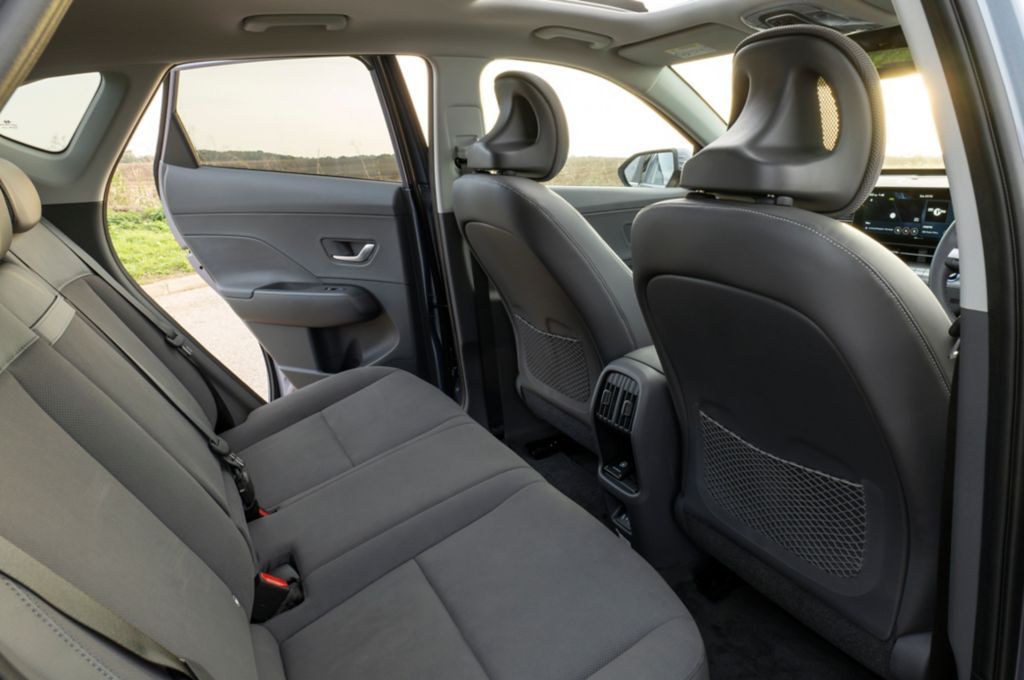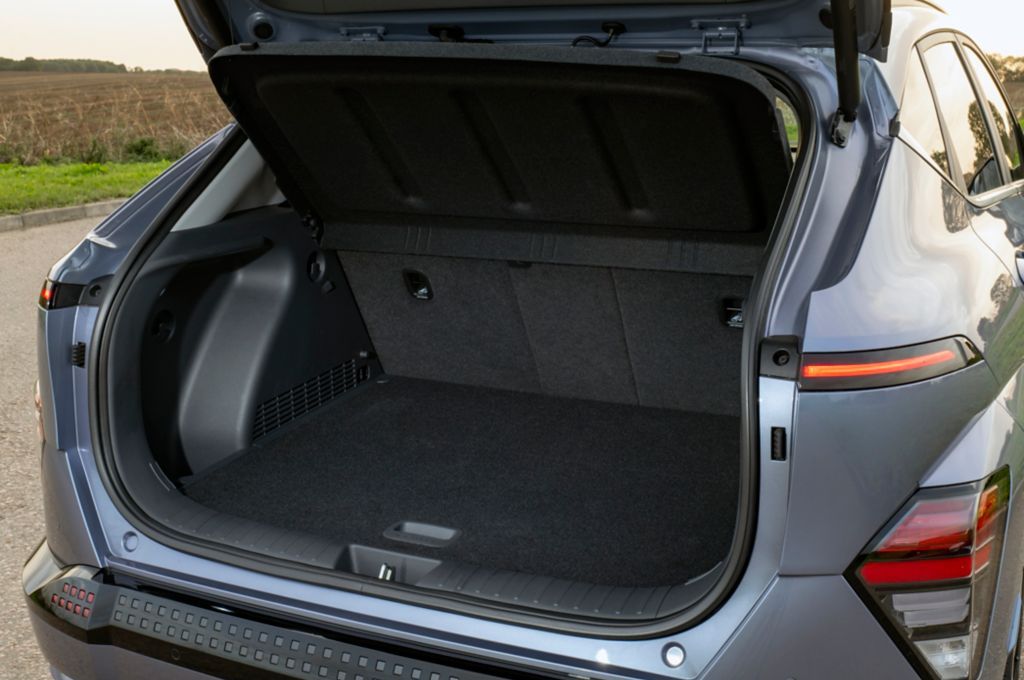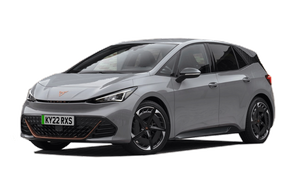Range
There are two lithium-ion batteries available in the Hyundai Kona Electric; the 48.4kWh or 65.4kWh (usable capacity) models offer a WLTP range of between 234- and 319 miles according to official WLTP tests.
It’s a pretty efficient car in the real world, too. The long range Kona Electric will manage around 240- to 300 miles depending on conditions, while the shorter range car will do more like 170- to 220. You may even see the Kona eke up to its claimed range if you’re pottering around at lower speeds in summer conditions.
A heat pump is standard on every Kona, too, which is an efficiency-boosting device that helps to warm the car’s cabin in winter without reducing the driving range so much.
Be careful with your choice of trim if you’re keen to maximise driving range; the bigger 19-inch wheels drop the official range of the Kona Electric 65kWh to 282 miles from the 319 miles that it manages on 17-inch wheels, so it’s a fairly big disparity.
Battery
The Kona uses lithium-ion NMC (which stands for Nickel Manganese Cobalt) batteries. It’s the most common sort of battery chemistry and is used in millions of electric cars around the world, although you’ll also find lithium-iron LFP batteries that use fewer valuable metals in some rivals including the smaller battery Volvo EX30 and MG4.
In the Hyundai Kona’s case, the battery technology is tried-and-tested and has been in use for nearly 15 years. You’re best off charging to 80% in routine use if you don’t need the full range potential, which is easy to do as you can set the charging parameters on the car’s screen. That will help to keep the battery in good condition for as long as possible but, of course, don’t hesitate to charge to 100% when you’re doing a long journey and need the battery’s full potential.
Hyundai provides an eight year, 100,000 mile warranty on the Kona Electric’s battery.
Charging
Go for the Kona 49kWh and you get peak rapid charging speeds of 74kW, which is good for around 70 miles of range in some 15 minutes of charging. The 65kWh car can charge at 101kW, so you’ll get more like 100 miles of range in the same time, while both will manage a 10- to 80% top-up in around 30- to 40 minutes provided you’ve plugged into a powerful enough rapid charger.
Plug into a standard 7kW home charger – where most drivers will do the bulk of their charging – and a full battery from nearly empty will take around six hours for the 49kWh model, or eight hours for the 64kWh. You’ll have to pay extra if you want a cable to plug into a standard three-pin domestic socket, but it can be useful for emergency overnight trickle charging when you’re visiting friends and family, even if it’ll only be topping the battery up at around eight miles per hour.
The charging port for the Kona is in the nose of the car, so you’ll have to drive nose first into charging bays. The Type 2 and CCS chargers are compatible with almost all public charging points in the UK and Western Europe.
Vehicle-to-load charging is standard on every Hyundai Kona Electric; this means that you can charge any electrical device from the car’s high voltage battery, just by plugging it into the three-pin domestic socket located in the base of the rear bench seat. Need to keep a fridge going while you’re camping, or plug in an electric lawnmower down at the allotment? No problem…












